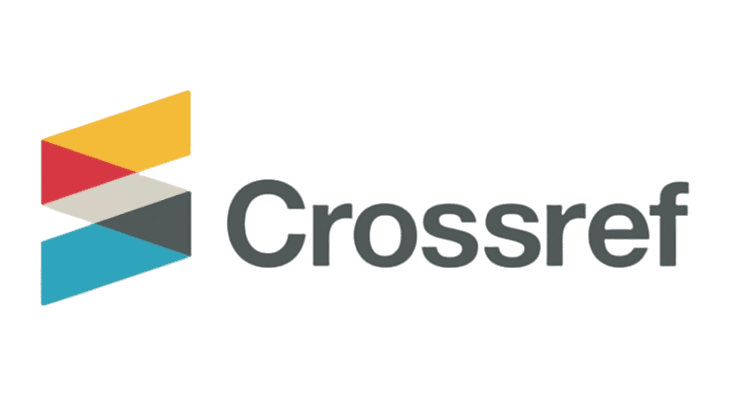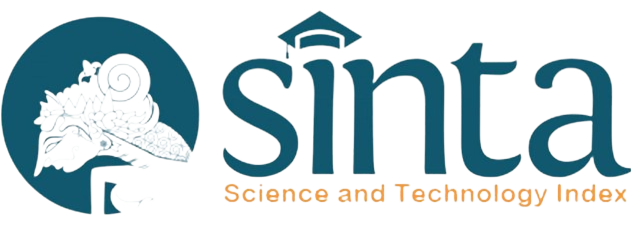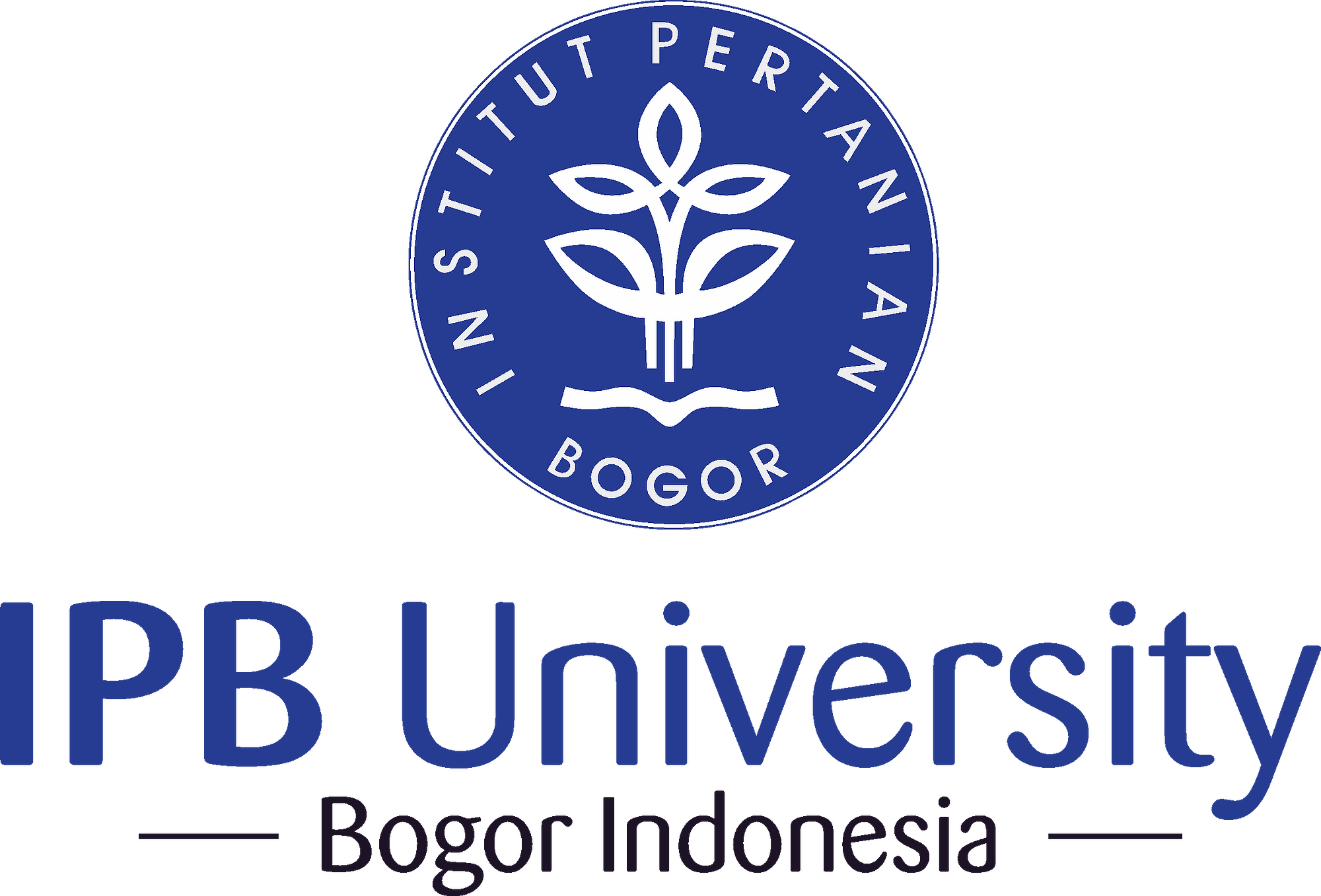Mutation Induction using Colchicine in Shallot Bulbs (Allium ascalonicum L.) of Tajuk Variety
Abstract
Techniques in the fold of shallot plant breeding can be done to obtain or improve existing characters to be better than before. One of them is the mutation induction technique with a chemical mutagen, namely colchicine. The purpose of the study was to find out the effect of colchicine concentration on growth, yield, character diversity and obtain value of Lethal Concentration 20-50% (LC20-50) for Tajuk Vriety M1 of shallot. The research was conducted in July-October 2019 in Libuo Village of Dungingi District of Gorontalo City. The study was conducted using a design randomized block design (RBD) with six level of colchicine solution concentration (0, 0.1, 0.2, 0.3, 0.4 and 0.5% (w/v)) with three repeats. The results of the variety analysis showed that a solution of colchicine concentration of 0-0.5% had the effect on the morphology of leaf colour, the number of saplings and the percentage of seeds growing abnormally and character of lear colour shallot varieties of mutant putative generation M1, but had no significantly effect on plant height, number of bulbs, wet and dry weights. CurveExpert1.3 analysis result, the lethal concentration value of colchicine solution in shallot bulbs can be obtained at a concentration of 0.33 (w/v) at LC30.
Keywords: abnormal, LC30, LC50, mutagen, putative mutant
Downloads
You are free to:
- Share — copy and redistribute the material in any medium or format for any purpose, even commercially.
- Adapt — remix, transform, and build upon the material for any purpose, even commercially.
- The licensor cannot revoke these freedoms as long as you follow the license terms.
Under the following terms:
- Attribution — You must give appropriate credit, provide a link to the license, and indicate if changes were made. You may do so in any reasonable manner, but not in any way that suggests the licensor endorses you or your use.
- ShareAlike — If you remix, transform, or build upon the material, you must distribute your contributions under the same license as the original.
- No additional restrictions — You may not apply legal terms or technological measures that legally restrict others from doing anything the license permits.
Notices:
You do not have to comply with the license for elements of the material in the public domain or where your use is permitted by an applicable exception or limitation.
No warranties are given. The license may not give you all of the permissions necessary for your intended use. For example, other rights such as publicity, privacy, or moral rights may limit how you use the material.













